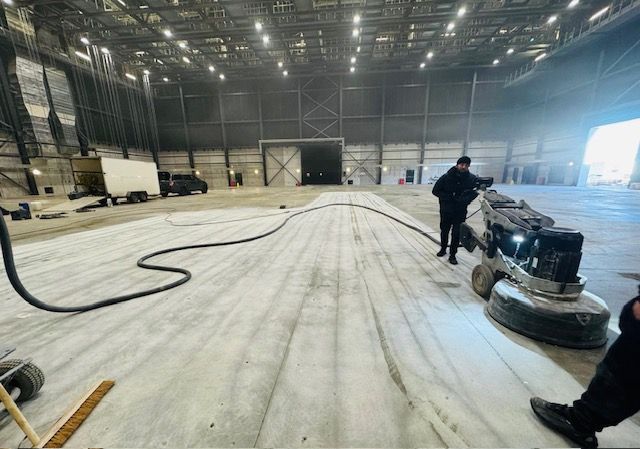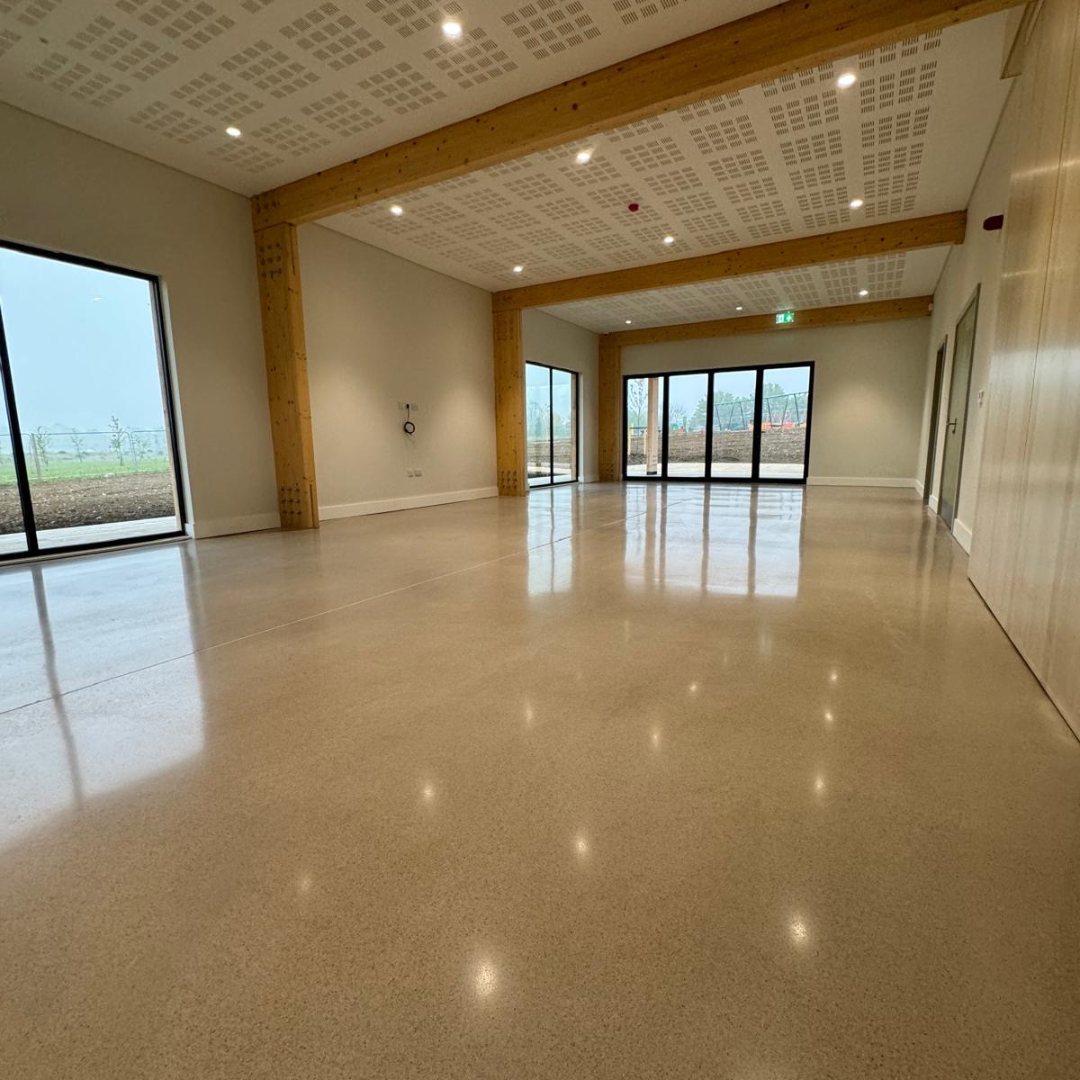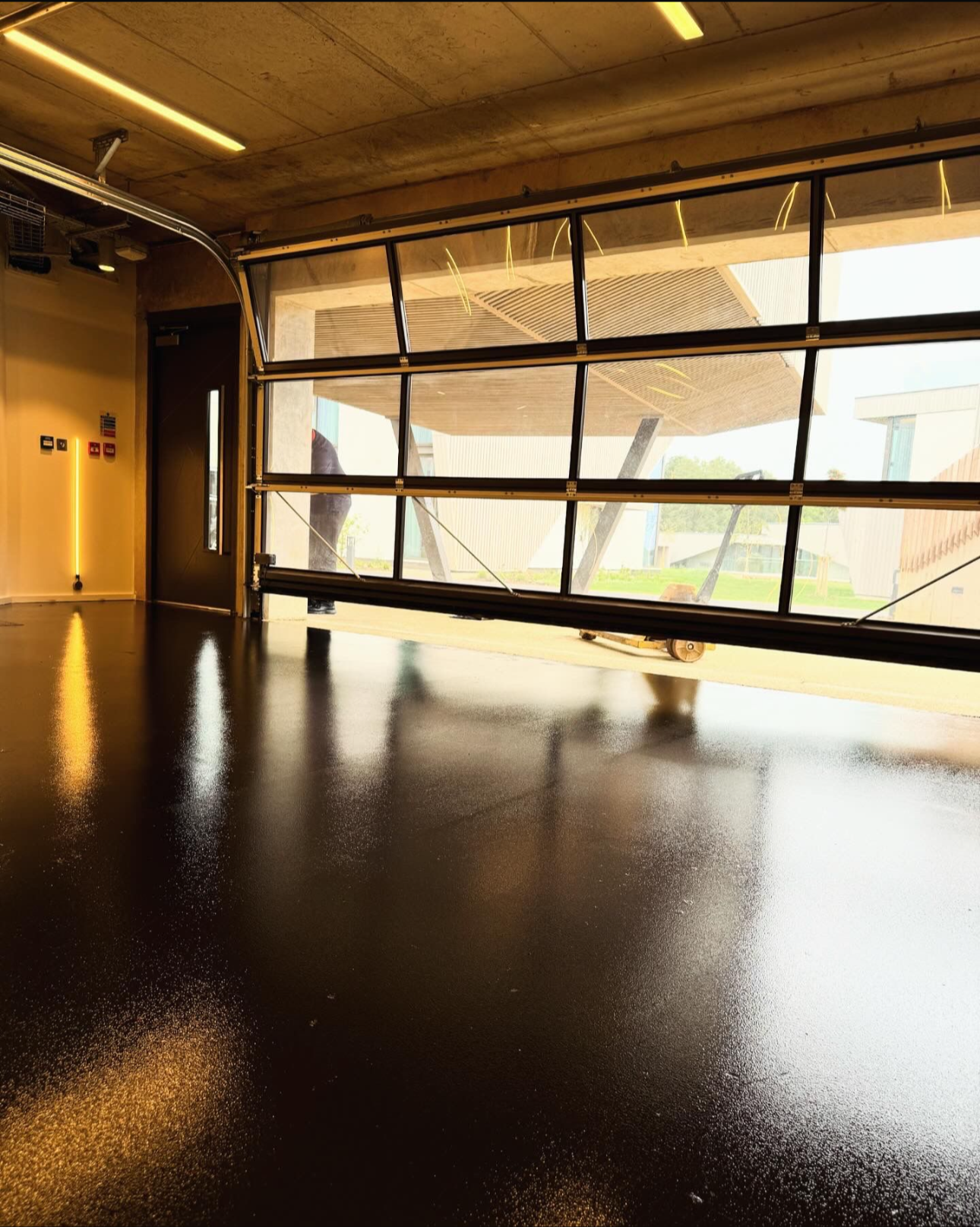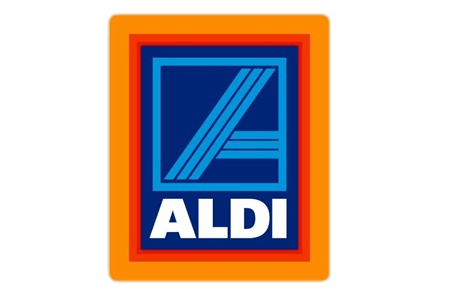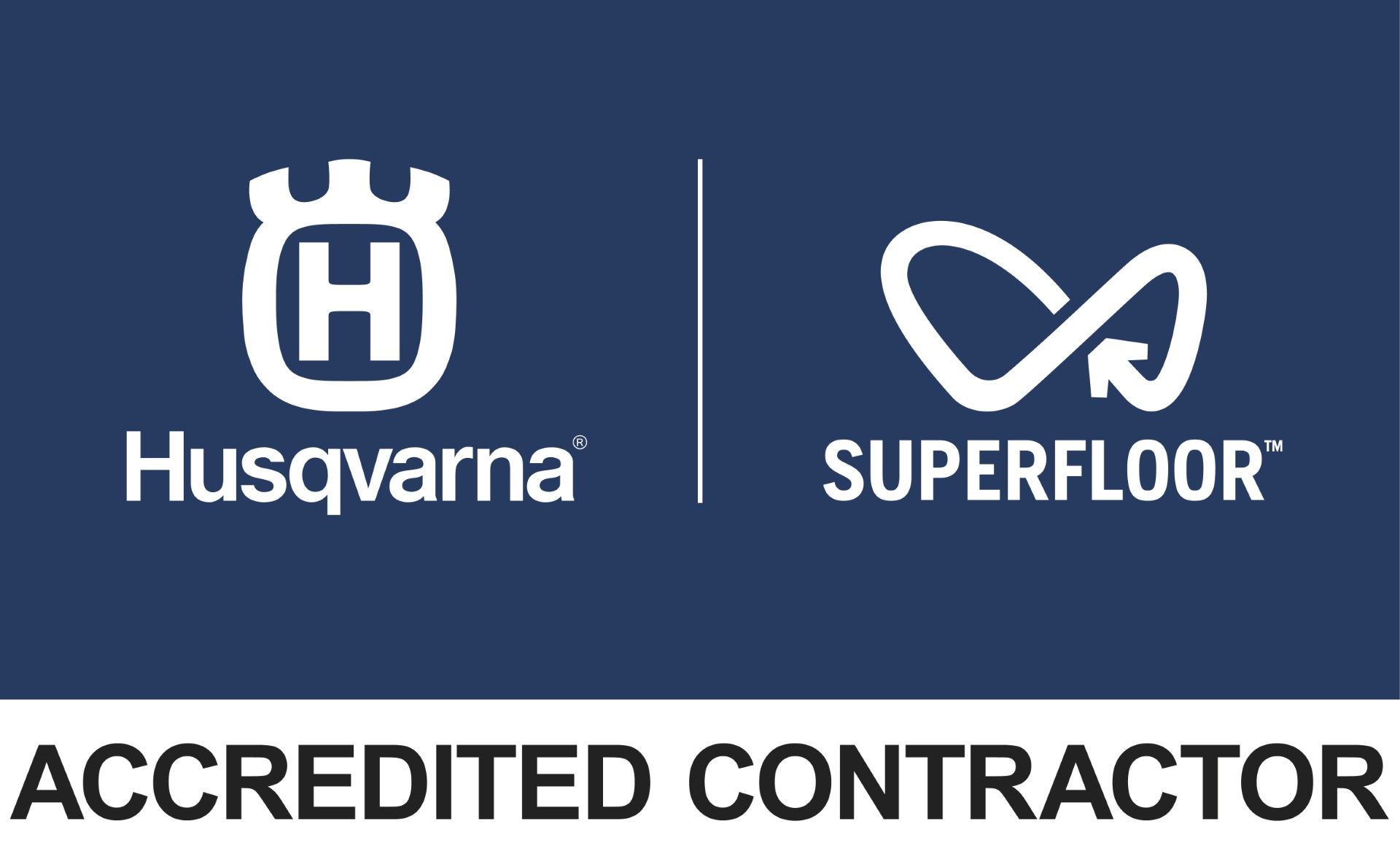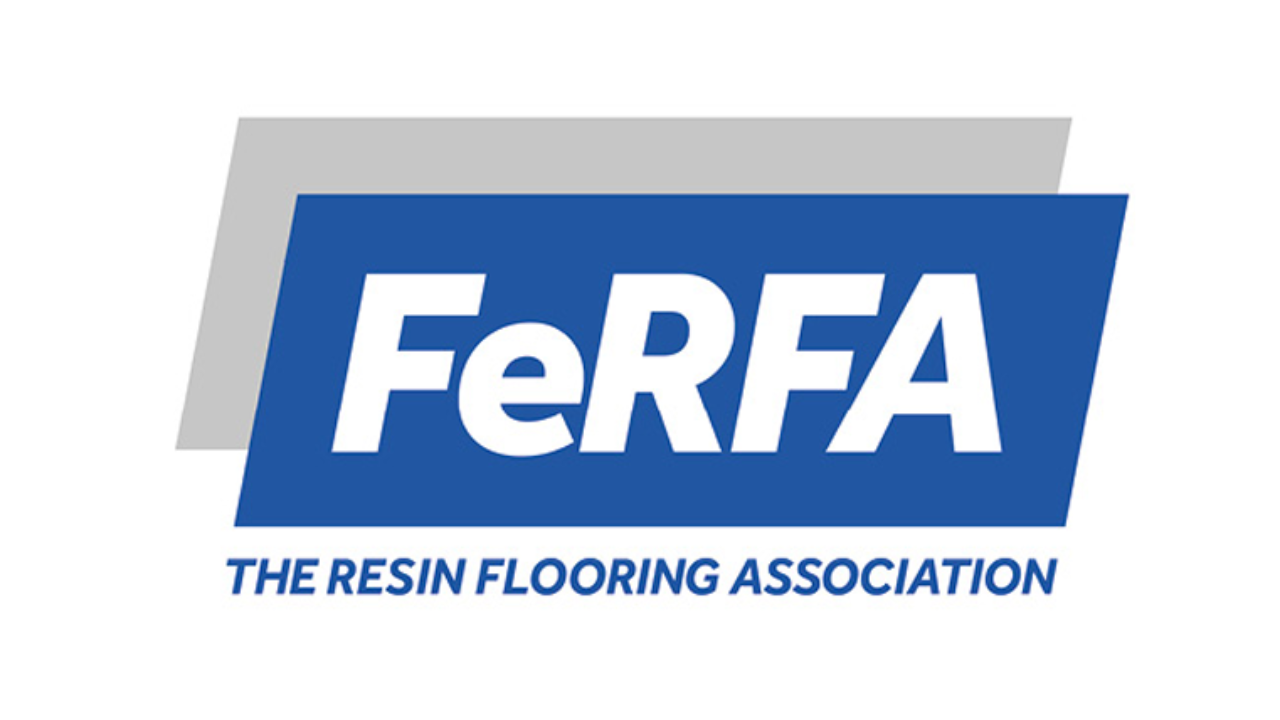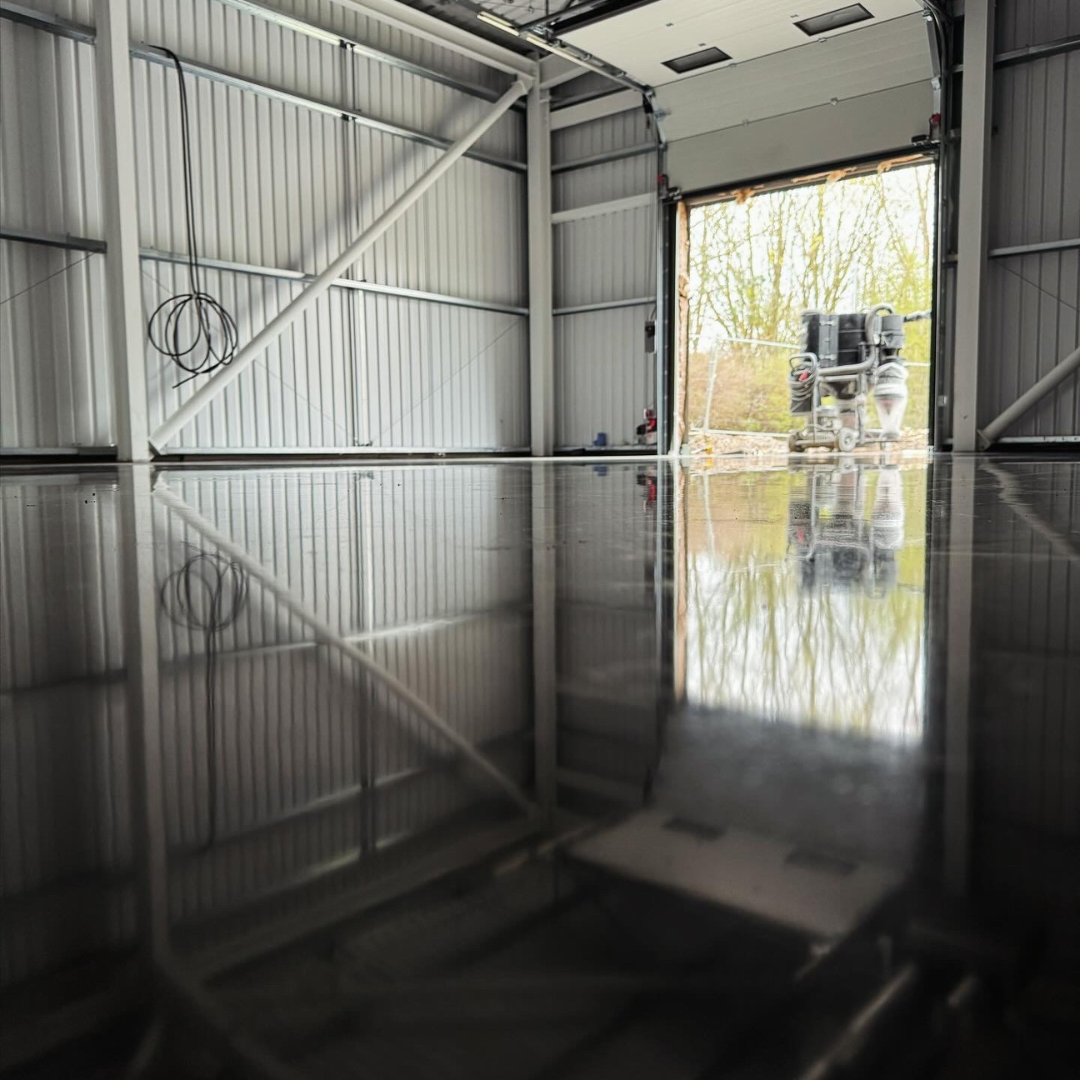Essential Floor Preparation Techniques for Successful Concrete Projects
The Art of Floor Preparation
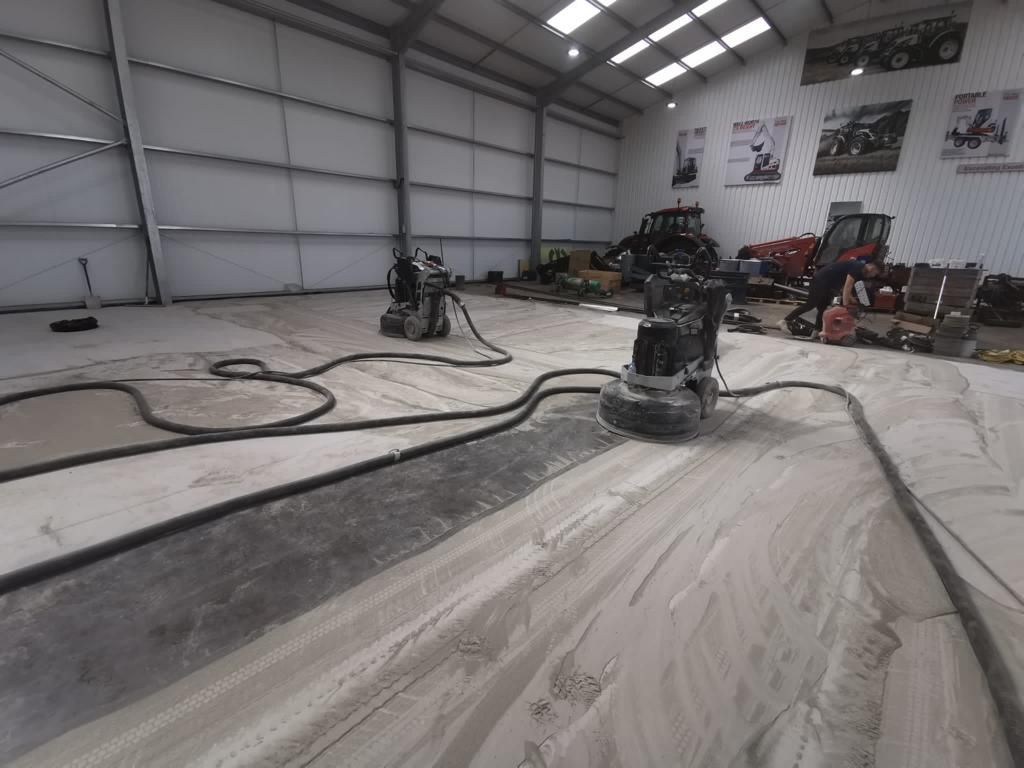
When it comes to polished concrete flooring projects, proper floor preparation is crucial for ensuring a successful and long-lasting outcome. The right surface preparation techniques can help improve the adhesion of coatings, enhance the durability of the floor, and prevent issues such as cracking or delamination. In this blog post, we will explore the essential floor preparation techniques that are key to achieving successful concrete projects.
Section 1: Importance of Floor Preparation
Proper floor preparation sets the foundation for a successful concrete project. It ensures that the surface is clean, smooth, and free from contaminants, allowing for optimal bonding between the concrete and any coatings or finishes applied. Without adequate preparation, issues such as poor adhesion, uneven coatings, or premature failure can occur. Therefore, investing time and effort into floor preparation is essential to achieve the desired results.
Section 2: Types of Surface Preparation Techniques
Mechanical Methods:
Mechanical methods involve the use of mechanical equipment to prepare the concrete surface. These techniques include grinding, shot blasting, scarifying, and diamond tooling. Grinding is the process of using abrasive discs or wheels to remove thin surface layers of the concrete, resulting in a smoother and more even surface. Shot blasting uses high-velocity steel abrasive particles to clean and profile the concrete surface, removing contaminants and creating a suitable texture for coatings to adhere to. Scarifying involves using a machine with rotating cutters to mechanically abrade the surface, effectively removing coatings, adhesives, or uneven areas. Diamond tooling utilises diamond-studded blades or pads to grind or polish the concrete surface, achieving a desired level of smoothness or sheen.
Chemical Methods:
Chemical methods involve the use of chemical cleaners or etching solutions to prepare the concrete surface. Acid etching is a common chemical method used to remove laitance and provide a suitable profile for coating application. During acid etching, an acid solution is applied to the concrete surface, which reacts with the alkaline components of the concrete, creating a textured surface that enhances coating adhesion. It is important to note that chemical methods should be used with caution and in accordance with manufacturer guidelines to ensure safety and prevent damage to the concrete.
Surface Cleaning:
Surface cleaning is an essential step in floor preparation. It involves the removal of dust, dirt, grease, oil, or any other contaminants that may hinder proper adhesion. Mechanical methods such as sweeping, vacuuming, or using a wire brush can be used to remove loose debris and create a clean surface. For more stubborn contaminants, detergents or degreasers can be applied to effectively remove them. It is important to thoroughly rinse and dry the surface after cleaning to ensure the removal of any residue that could impact coating adhesion.
Section 3: Determining the Right Technique
The choice of surface preparation technique depends on various factors, including the type of substrate, surface conditions, and project requirements. Factors such as the presence of dirt, pollution, moisture issues, or the need for profile creation should be considered when selecting the appropriate technique. It is recommended to consult with flooring experts or contractors who can assess the condition of the floor and provide guidance on the most suitable preparation techniques for the specific project.
Section 4: Professional Assistance and Safety Considerations
Additionally, it is important to follow safety guidelines and use personal protective equipment (PPE) when undertaking floor preparation. This includes wearing gloves, safety goggles, and respiratory protection, especially when using chemicals or operating machinery. Adequate ventilation should be ensured to minimise exposure to fumes or dust generated during the preparation process.
Professional contractors are well-versed in safety protocols and have the necessary knowledge and experience to handle hazardous materials, if any, present in the existing flooring. They can identify and address potential safety hazards, such as asbestos or lead-based paint, and take appropriate measures to ensure the safety of both the workers and the occupants of the space.
Section 5: Surface Assessment and Repair
Before starting any floor preparation work, a thorough assessment of the existing concrete surface should be conducted. This assessment helps identify any existing issues, such as cracks, spalling, or unevenness, that may affect the integrity and appearance of the finished floor. If such issues are found, they should be repaired or addressed before proceeding with the surface preparation.
Concrete surface repairs may include filling cracks with appropriate sealants or repairing spalled areas using suitable patching materials. This step is crucial to ensure a smooth and even surface, which allows for proper adhesion of coatings and prevents future problems.
Section 6: Moisture Mitigation
Moisture-related issues can significantly impact the performance and longevity of a concrete floor. Excessive moisture can cause coating failures, such as blistering, bubbling, or delamination. Therefore, moisture mitigation measures should be taken before applying any coatings or finishes.
Various moisture mitigation techniques are available, depending on the severity of the moisture issue. These techniques may include moisture barrier coatings, epoxy moisture vapour barriers, or the installation of moisture mitigation systems such as sub-slab depressurization systems or moisture barrier membranes. Consulting with flooring professionals or moisture mitigation specialists can help determine the most suitable approach for addressing moisture concerns in your specific project.
Section 7: Quality Control and Testing
To ensure the success of a concrete project, quality control and testing play a vital role. Before applying any coatings or finishes, it is important to conduct moisture tests, surface pH testing, and adhesion tests to assess the suitability of the surface for coating application. These tests help identify any potential issues that may affect the adhesion or performance of the coatings.
Furthermore, conducting regular inspections during the surface preparation process can help identify any deviations from the desired standards and allow for timely adjustments or corrections. Quality control measures, such as following manufacturer guidelines, monitoring surface preparation equipment, and maintaining proper environmental conditions, contribute to the overall success of the project.
Section 8: Conclusion
In summary, proper floor preparation is crucial for achieving successful concrete projects. By employing the right surface preparation techniques, including mechanical methods, chemical methods, and thorough surface cleaning, you can enhance the adhesion and durability of your concrete flooring. Seeking professional assistance, ensuring safety precautions, conducting surface assessments and repairs, addressing moisture concerns, and implementing quality control measures all contribute to the long-term success and performance of the floor.
Remember, each concrete project is unique, and it is important to assess the specific requirements and consult with professionals to determine the most suitable floor preparation techniques for your project. With proper preparation, you can lay a solid foundation for a durable, aesthetically pleasing, and long-lasting concrete floor.
Speak to our fantastic team today to book a free consultation call for your next flooring project.
Get in Touch
